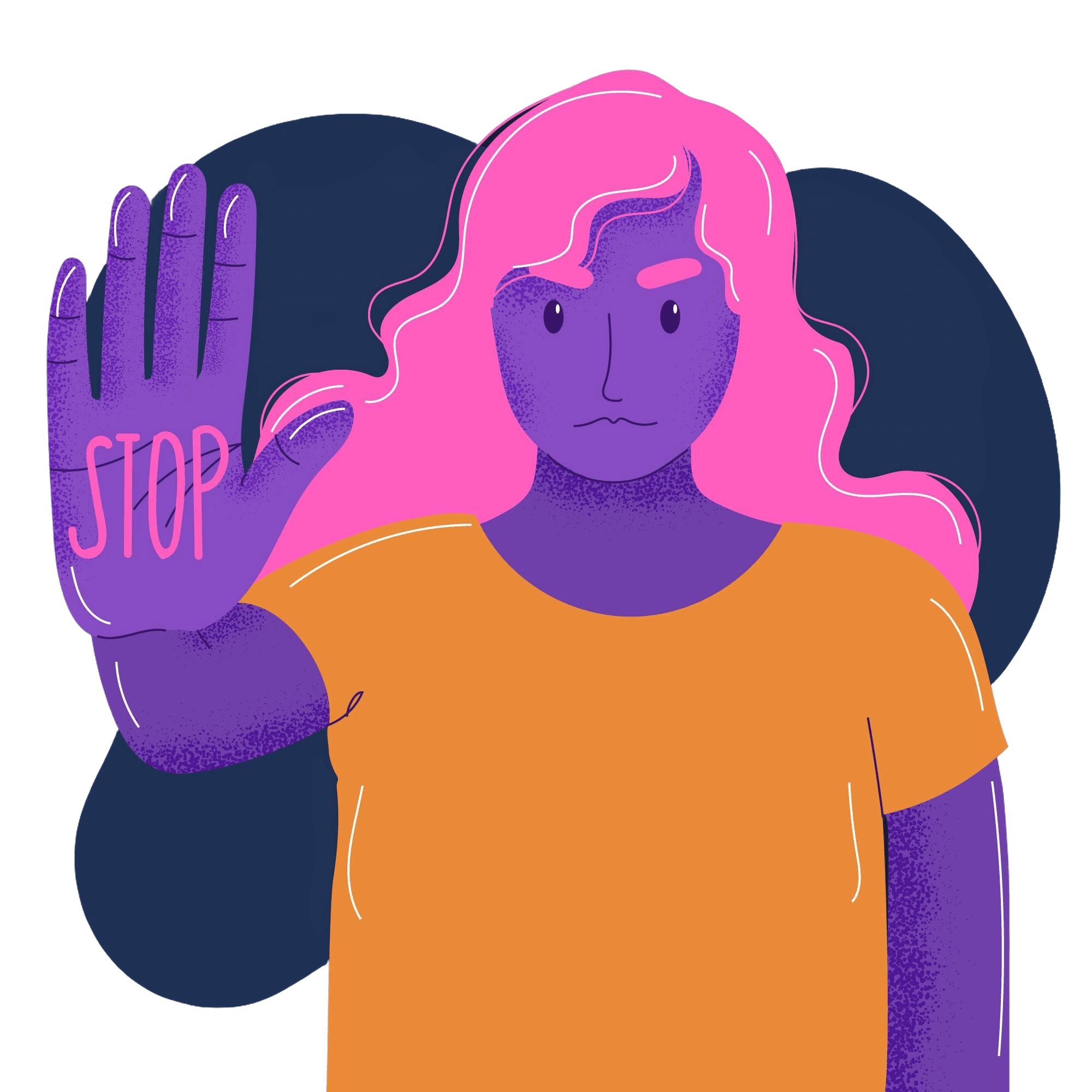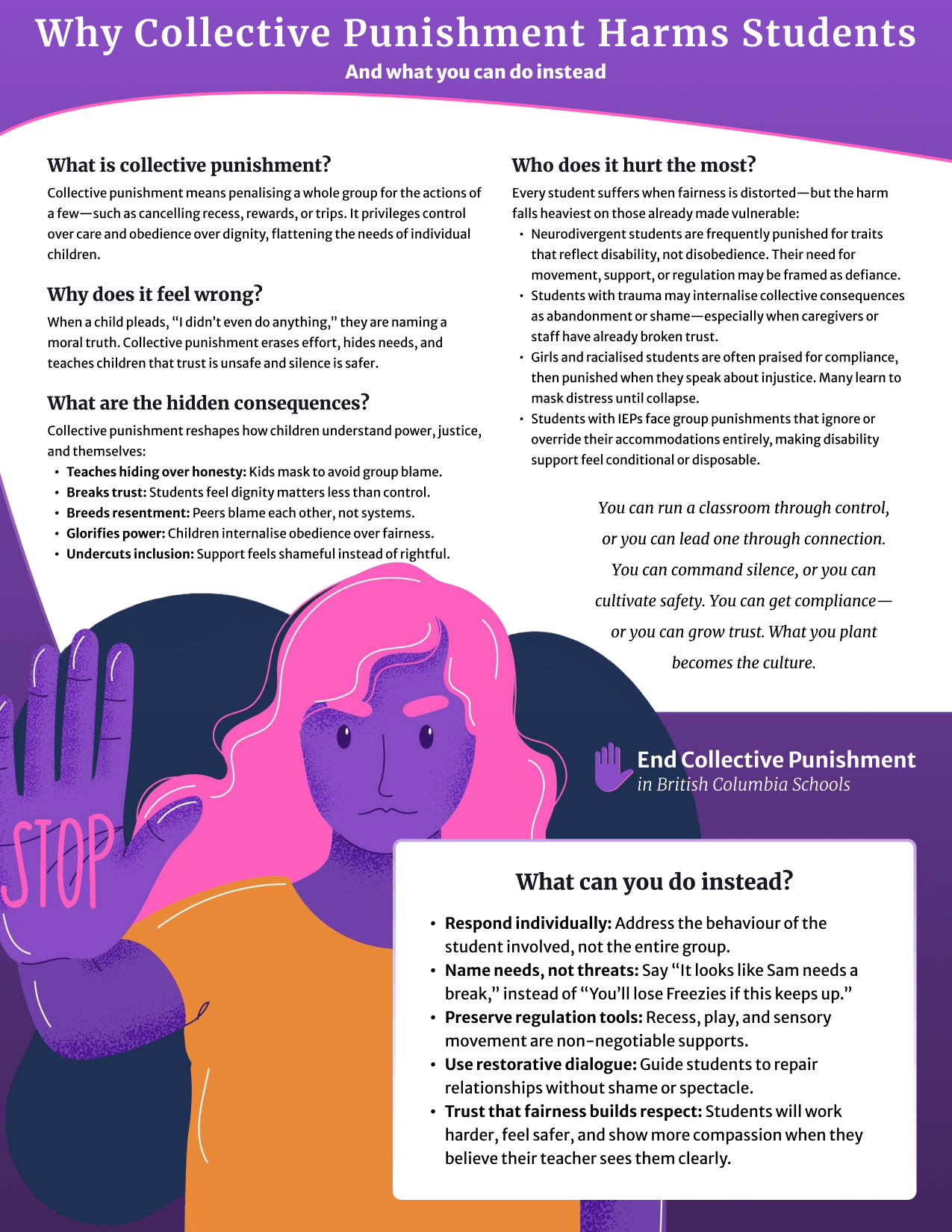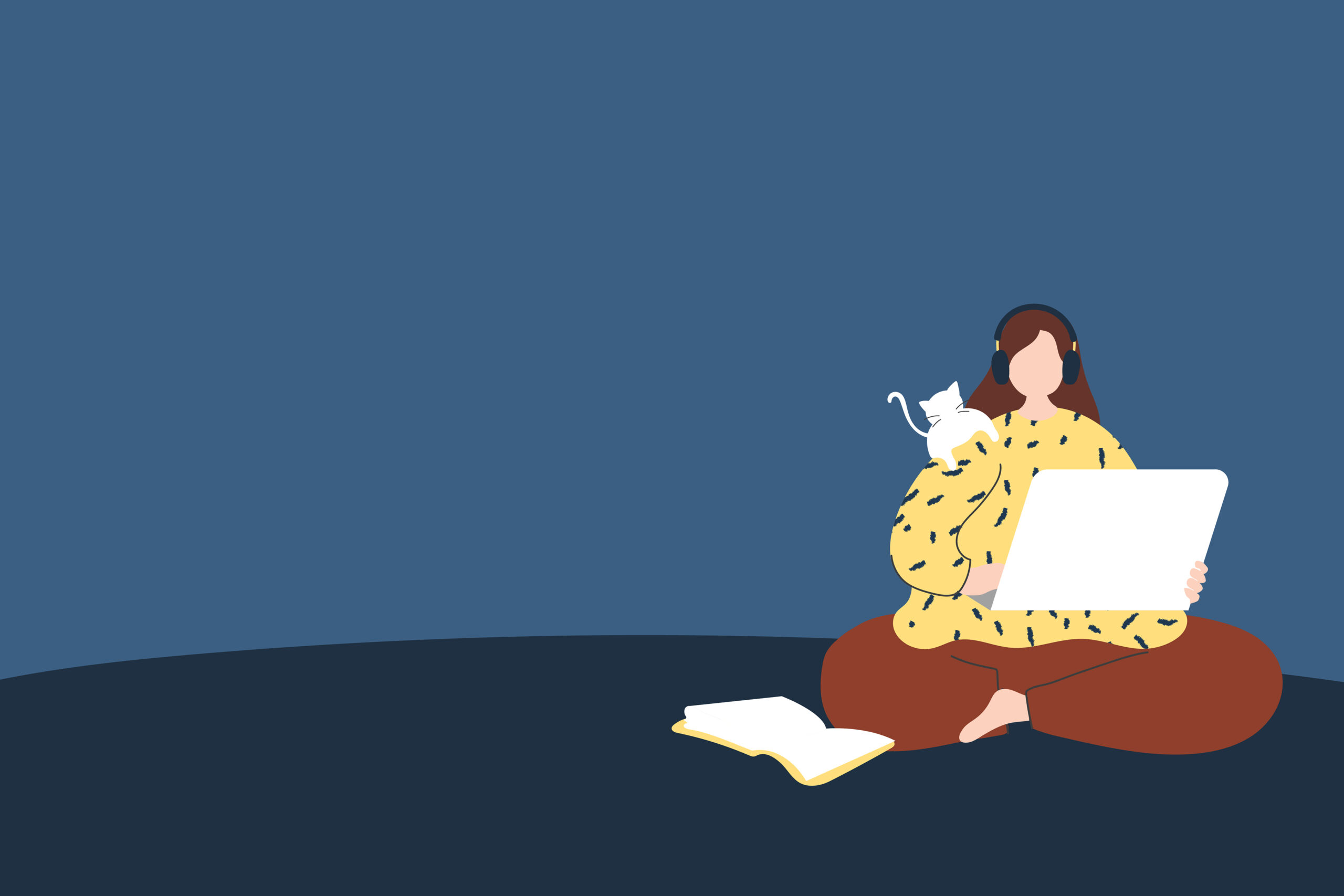If you are a teacher, a classroom assistant, a support worker, or even a school leader who still spends time in rooms with students, then you already understand how hard it is to manage a group when things begin to fall apart.
You know the claustrophobic tension of a lesson unravelling before it begins. You know the sound of twenty-six chairs scraping back at once. You know the chaos of twenty-six needs surfacing together, each one valid, none of them negotiable. You know the bone-deep longing for calm—for silence, for order, for relief. And if you have ever tried to welcome a student whose support needs exceed the resources you’ve been given, then you also know what it feels like to run out of options—or to believe that you have.
“No one’s going to recess until…”
“We all need to take a break to reflect on…”
“I guess we’re losing Fun Friday…”
“You can thank your classmates for this…”
Sometimes we wrap these words in lighter language. We call them “natural consequences.” We say it’s about “motivation,” or “accountability,” or “restoring expectations.” But the feeling it creates inside children is rarely light. For many, it can feel like humiliation. Like betrayal. Like despair dressed up as fairness.
This is collective punishment.
What I made for you
So I made a one-pager—something you can hand to a colleague who is trying, pin above your desk when the noise is rising, or slip into a team meeting without speaking.
Collective punishment one-pager
Even well-meaning teachers are pushed toward group penalties by a system that offers too little support.
This one-page guide explains why collective punishment backfires—and what we can do instead.
What collective punishment does to children
As a parent of two disabled children—both neurodivergent, both radically different in temperament and need—I have watched how collective punishment reaches inside them in ways that feel almost impossible to repair.
My son, already terrified of doing harm, experiences even the smallest group consequence as proof that his efforts are invisible, that goodness is unreachable, that safety depends on other people’s behaviour he cannot influence.
My daughter, who masks so tightly it leaves marks, becomes furious and withdrawn—enraged that trust can be revoked without warning, that dignity can be taken back by an adult who promised to see her.
They are both right. Their interpretations are clear. Collective punishment teaches children that their autonomy means nothing unless the group performs. That their support needs can invalidate someone else’s rights. That they are a contaminant.
I have watched what it does to their classmates, too—the fear, the disgust, the scapegoating of children who make everyone pay. And I have watched what it does to teachers.
What I believe about teachers
I do not believe most educators who use collective punishment are cruel. I believe they are overwhelmed and under supported.
I believe our education system has created a manufactured scarcity so deep and so persistent that it makes cruelty seem like the only available control.
Just a Parent
I believe most of you have been told to hold the line—to preserve the lesson, to protect the group, to survive the hour. I believe you are carrying more nervous systems than is reasonable. I believe you are balancing too many designations with too little time, navigating too many absences with too few replacements.
And I believe, with all my heart, that most of you want children to thrive. That most of you have done your best with the tools you were given. That you are tired of harm being the only option on offer.
-
The scarcity script: how manufactured famine shapes public education
British Columbia’s public schools are not suffering from a natural shortage—they are operating under a system of manufactured scarcity. This blog explores how austerity, rationing logic, and institutional self-preservation create harm for disabled students and their families. Drawing on thinkers like David Graeber,…
What I ask of you
If you have used collective punishment before, I understand. If you feel pulled toward it now, that does not mean you are failing, but if you keep using it after you understand what it teaches—about power, about worth, about whose needs matter—then the harm becomes intentional.
And I know that isn’t what you want.
So I ask you to pause. I ask you to read. I ask you to imagine what else might be possible if collective punishment were no longer normal, no longer automatic, no longer available. I ask you to believe that your classroom can feel fair again.
You deserve that. And so do your students.
-
Inviting collaboration on repairing trust after collective punishment
A practical guide for educators seeking to repair harm after using collective punishment. If you’ve used collective punishment—like taking away recess from an entire class, cancelling an activity…










